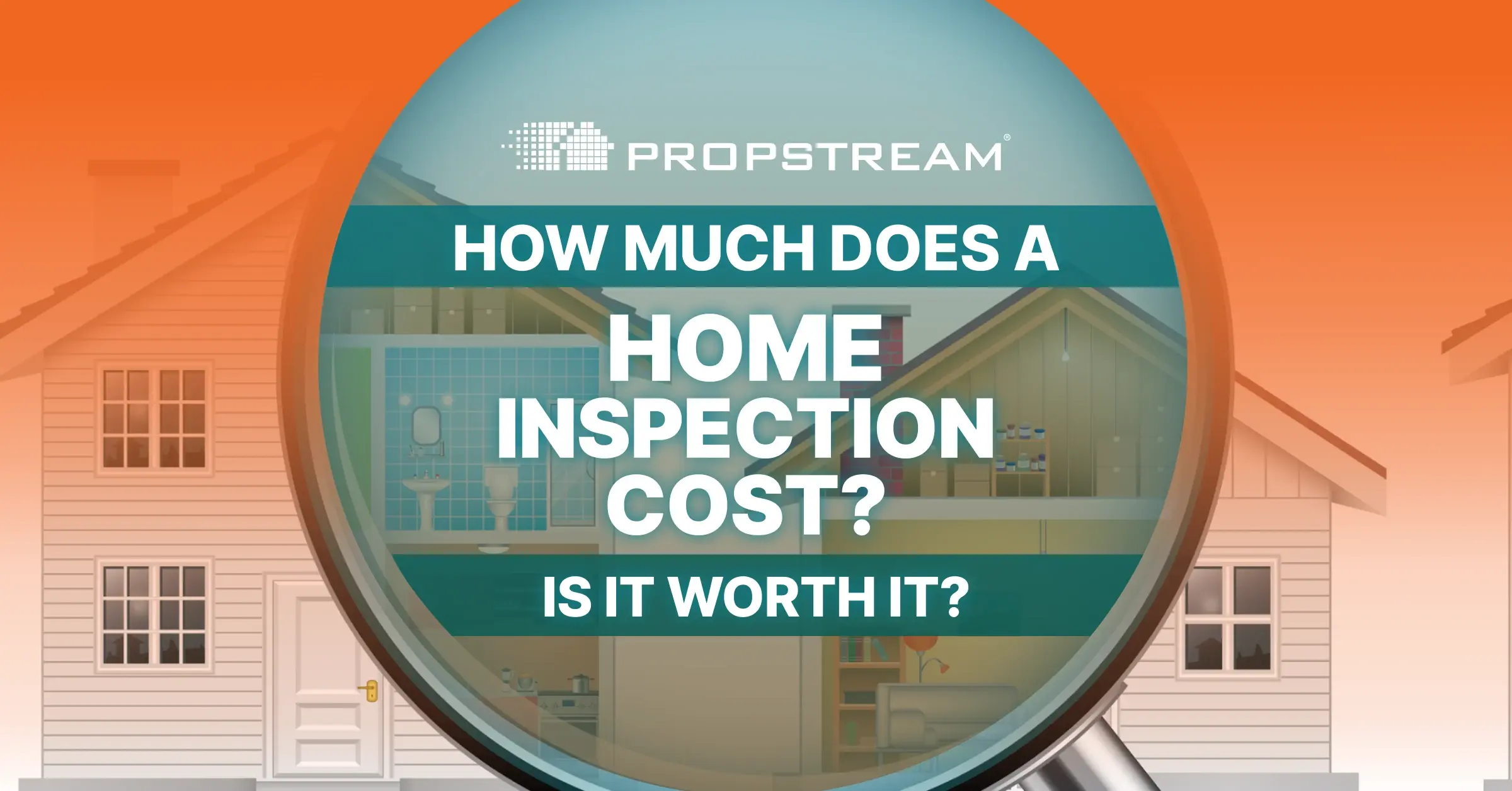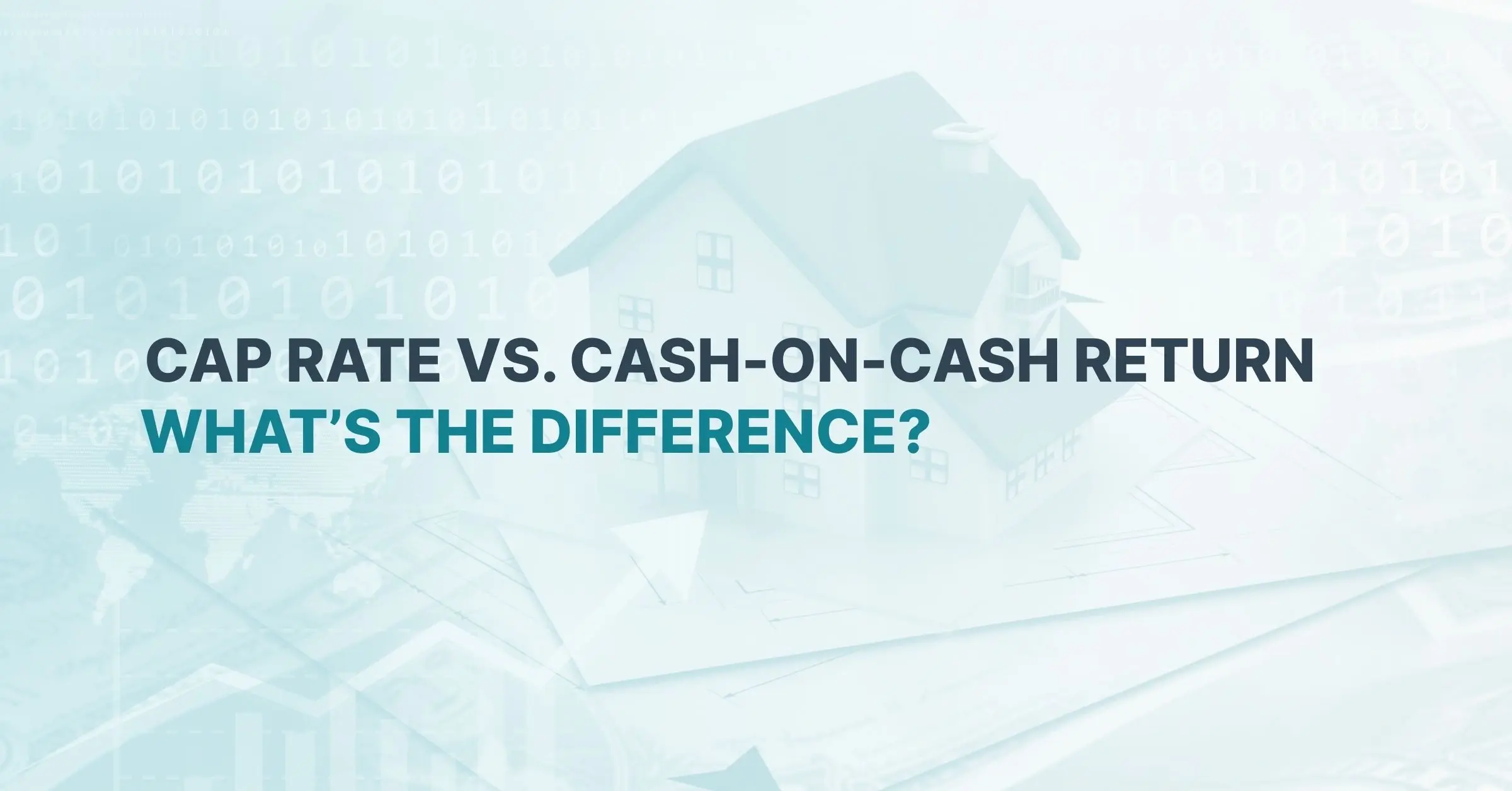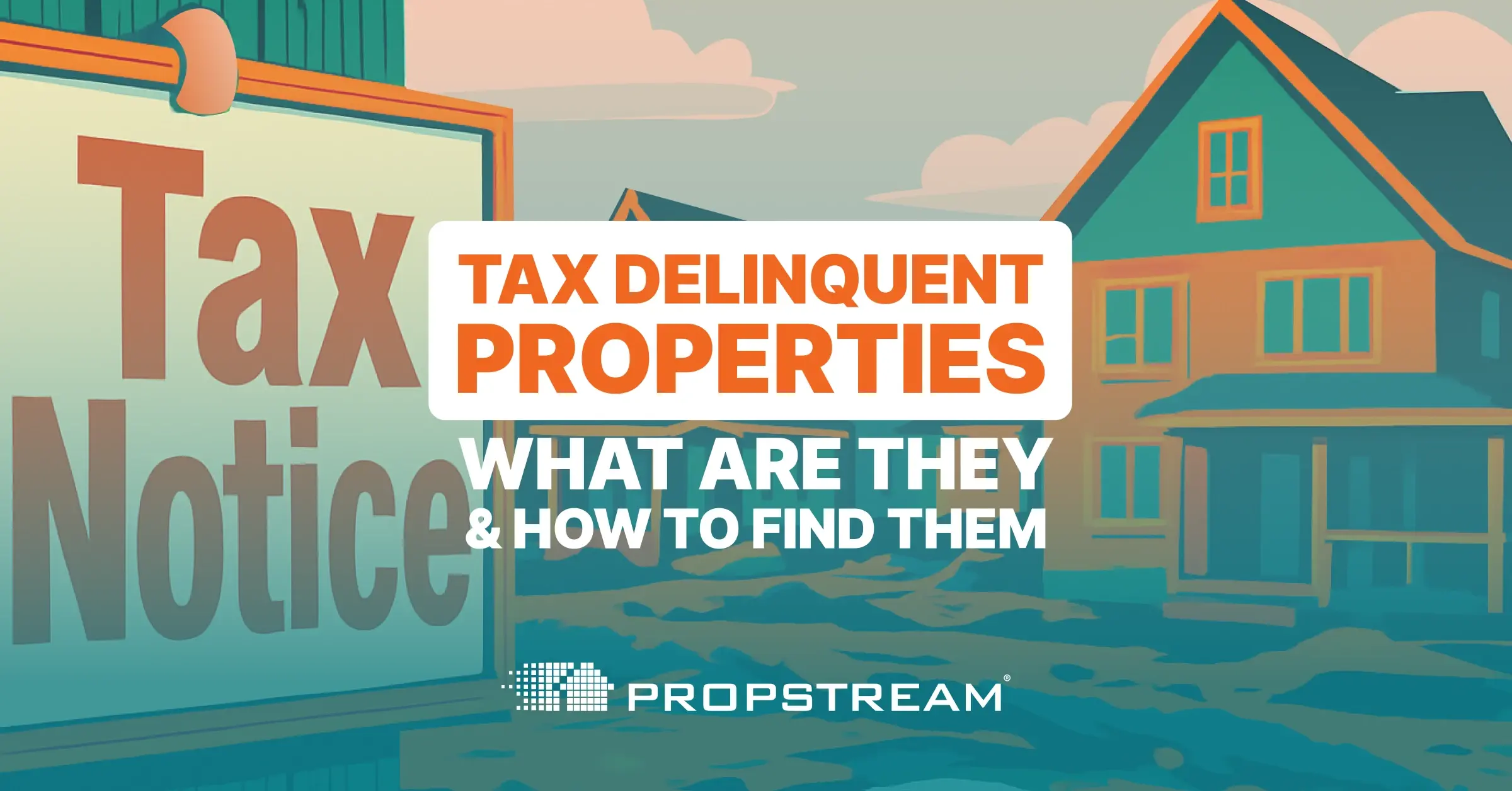Important Note: This article is for informational purposes only, as PropStream does not offer investment, tax, or legal advice. We recommend consulting with a financial advisor, tax professional, or lawyer for further assistance.
After raising interest rates for the 10th consecutive time on May 4th, the Fed signaled it may be done hiking them for now—citing easing inflation and concerns over recent high-profile bank failures. As a result, mortgage rates (which are closely tied to the Federal Funds Rate) are expected to stabilize around where they are now (6-7% as of 11 May 2023).
For real estate investors, this could be good news. Stabilizing mortgage rates may make it easier to predict investment returns, for example. At the same time, however, higher mortgage rates can make it harder to buy and sell properties. Here’s why:
Many homeowners are unwilling to sell right now because they don’t want to give up their record-low mortgage rates of 2-4%. For-sale homes have been in short supply as a result. On the flip side, the housing shortage, stubbornly high prices, and elevated mortgage rates are also making it harder for many to buy. Consequently, finding willing buyers and sellers can be challenging.
Enter creative seller financing. It can help stimulate real estate transactions by aiding prospective buyers who may not qualify for traditional financing and encouraging hesitant sellers worried about tightening financial conditions.
In this article, we’ll go over what seller financing is, its benefits for sellers and buyers, how to find creative seller financing opportunities, and more.
What Is Seller Financing?
Seller financing (aka owner financing) is when a seller finances a home purchase for the buyer. Instead of taking out a loan from a bank, the buyer makes payments to the seller directly. Typically, this is done through a promissory note, which details the terms of the agreement, such as the debt amount, loan period, and interest rate.
Keep in mind that in order to offer seller financing, sellers must own their property outright or get permission from their mortgage lender (most mortgage agreements have a due-on-sale clause that prohibits a homeowner from selling the property without first paying off their loan).
Some common forms of seller financing include:
- Land contract (aka contract for deed or installment sale)
- Purchase money mortgage
- Lease option
- Lease purchase
- Equity sharing
- Wrap mortgage
- Assumable mortgage
Though each of these seller financing methods is structured differently, what they all have in common is that they are two-way agreements between the seller and the buyer that don’t require a third-party lender.
Benefits of Seller Financing for Sellers

As an investor looking to sell a property, there are many benefits to offering seller financing:
Cut out the middlemen. Traditional mortgage servicing involves many players: bank loan officers, underwriters, mortgage attorneys, mortgage insurers, credit reporting agencies, and others—all of whom can drive up the final cost of the mortgage. With seller financing, you can cut out many of these middlemen to lower the cost of financing.
Attract more buyers. Seller financing can help you attract buyers who don’t qualify for traditional financing methods. After all, most banks have strict mortgage requirements. Applicants who fail to meet only one or two mortgage criteria may make good candidates for seller financing.
Sell faster and for more. Think of seller financing as another tool in your investor’s toolkit. It allows you to offer buyers another payment option, which in turn, can help you sell the property faster and at a premium.
Generate passive income. Financing the buyer of your property is like owning rental property without all the headaches of being a landlord. It generates a steady flow of income through monthly payments, but since you no longer own the property, you’re not responsible for its upkeep, repairs, property taxes, insurance, and other costs.
Save on capital gains taxes. Because seller financing stretches out your capital gains over many years, you won’t be hit with a capital gains tax all at once. This could also help put you in a lower tax bracket, potentially reducing your overall tax bill. Consult a tax professional to learn more about how seller financing can impact your taxes.
Have multiple exit strategies. Most seller financing agreements let you sell your promissory note to other investors at any time, making it easy to get out of the arrangement if it no longer suits you. Additionally, if the borrower defaults on the loan, you can repossess (and sell) the property.
Benefits of Seller Financing for Buyers

Seller financing also has many benefits for buyers (including investors and investor/agents):
Qualify for financing more easily. When you can’t afford a traditional mortgage (e.g., because mortgage rates are high or you don’t have enough for a down payment), seller financing can be a great alternative. This is because sellers aren’t constrained by the same lending requirements that banks are and may be more lenient as a result.
Enjoy more flexible loan terms. Seller financing may allow you to negotiate better loan terms, such as the repayment period, interest rate, and down payment amount. If you don’t qualify for a traditional mortgage, this can be a great way to get your feet wet in real estate investing.
Lower your closing costs. With seller financing, you may not need to worry about loan origination fees, mortgage points, private mortgage insurance (PMI), appraisal fees, title insurance, and other costs associated with a traditional mortgage. This can significantly reduce your closing costs.
Speed up the closing process. Because it involves fewer parties and less red tape, seller financing can help you close on a property faster. That way, you can get tenants to move in sooner to start generating rental income or start renovating earlier, so you can flip the property.
Use PropStream to Find Creative Seller Financing Opportunities
Now that you know the benefits of seller financing, you may wonder how to find seller financing opportunities in the current market.
One way to find seller leads who may be open to seller financing is to PropStream it. PropStream allows you to search properties by different filters. Here are some filters you may want to try:
Equity percentage. This filter allows you to filter properties by how much equity their owners have in them. You can apply positive or negative numbers. For instance, if you’re looking for tax-delinquent properties or other short-sale opportunities, you could set a filter for properties whose owners have between -2% and -10% in equity.
Loan-to-value percentage. This filter helps you sort properties based on how the owner’s mortgage compares to the property’s appraised value. Say you’re on the hunt for subject-to-opportunities. In that case, you could set the filter to properties with a low loan-to-value percentage and potentially find an owner who, after making 15 years of payments, has only 20% equity in the property and is therefore open to seller financing.
Failed listings. This filter helps you identify property listings that never sold, whether due to a listing withdrawal, a seller changing their mind, or the listing expiring. When combined with the “days on-market” filter, the failed listings filter can help you find expired listings. For example, you could set the filter to failed listings with over 180 days on-market. Owners of such listings typically want full price for their property but didn’t get it and, consequently, could make great candidates for seller financing.
Preforclosures. This filter allows you to find properties that are in the process of being foreclosed on. Use it to sort properties by default type, auction date, default date, and default amount. PropStream even lets you create pre-foreclosure Lead Lists, so you can easily find distressed property owners who may be willing to consider seller financing.
Ultimately, many homeowners have never heard of seller financing. By introducing it to them and proposing a deal that works for both of you, you can help them escape tightening financial conditions that may be keeping them from selling. It’s a win-win!
Additional Seller Financing Tips
That said, seller financing isn’t without risks. To help ensure you don’t agree to a poor deal, here are some additional tips you should follow:
- Consult tax, legal, and financial professionals. Seller financing agreements can be complex. So it’s important to get professional help in drafting and reviewing them.
- Consider hiring a loan-servicing company. Serving as the lender to the buyer of your property can be challenging. If you feel unsure about the role, consider hiring a loan-servicing company to do the job for you.
- Review local financing regulations. Financing regulations can vary by state and city. So make sure to review them carefully before engaging in any seller financing deal. Otherwise, you may face serious legal challenges later on.
- Thoroughly evaluate potential buyers. There’s a reason banks have strict lending requirements: They want to minimize the risk of borrowers defaulting on their loans. You should do the same. Though you may not be subject to the same lending regulations, thoroughly evaluate borrowers by assessing the 5 Cs of credit: character, capacity, collateral, capital, and conditions.
Ready to find your next seller financing opportunity? Try PropStream for free today with our 7-day free trial and get 50 leads on us!



